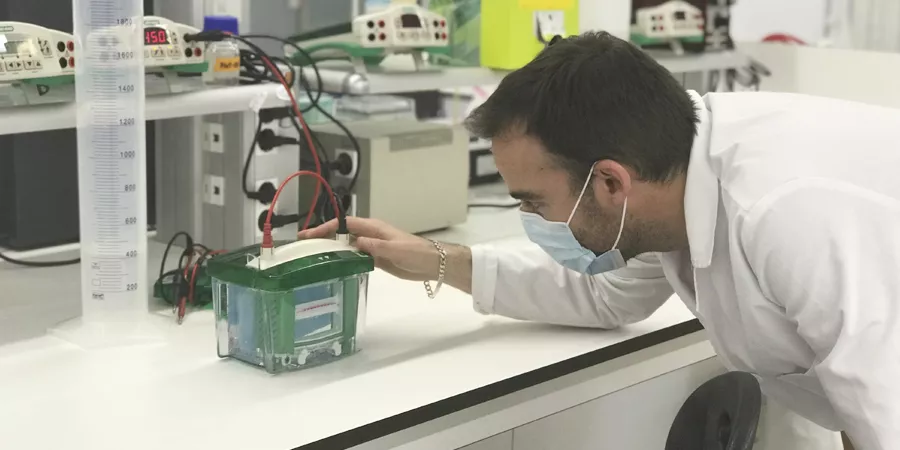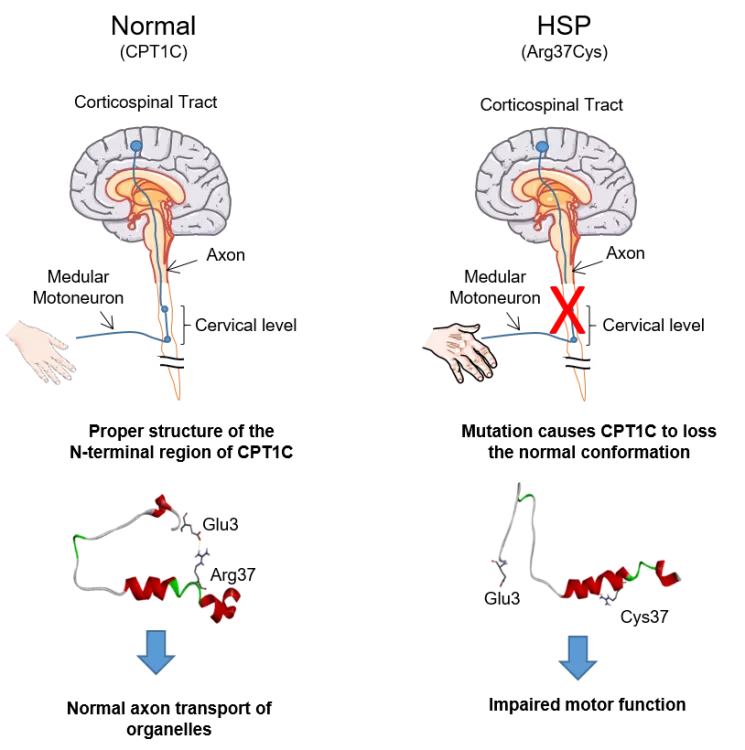Mutation in CPT1C Associated With Pure Autosomal Dominant Spastic Paraplegia. Rinaldi C, Schmidt T, Situ AJ, Johnson JO, Lee PR, Chen KL, Bott LC, Fadó R, Harmison GH, Parodi S, Grunseich C, Renvoisé B, Biesecker LG, De Michele G, Santorelli FM, Filla A, Stevanin G, Dürr A, Brice A, Casals N, Traynor BJ, Blackstone C, Ulmer TS, Fischbeck KH. JAMA Neurol. 2015 May;72(5):561-70. doi: 10.1001/jamaneurol.2014.4769.


